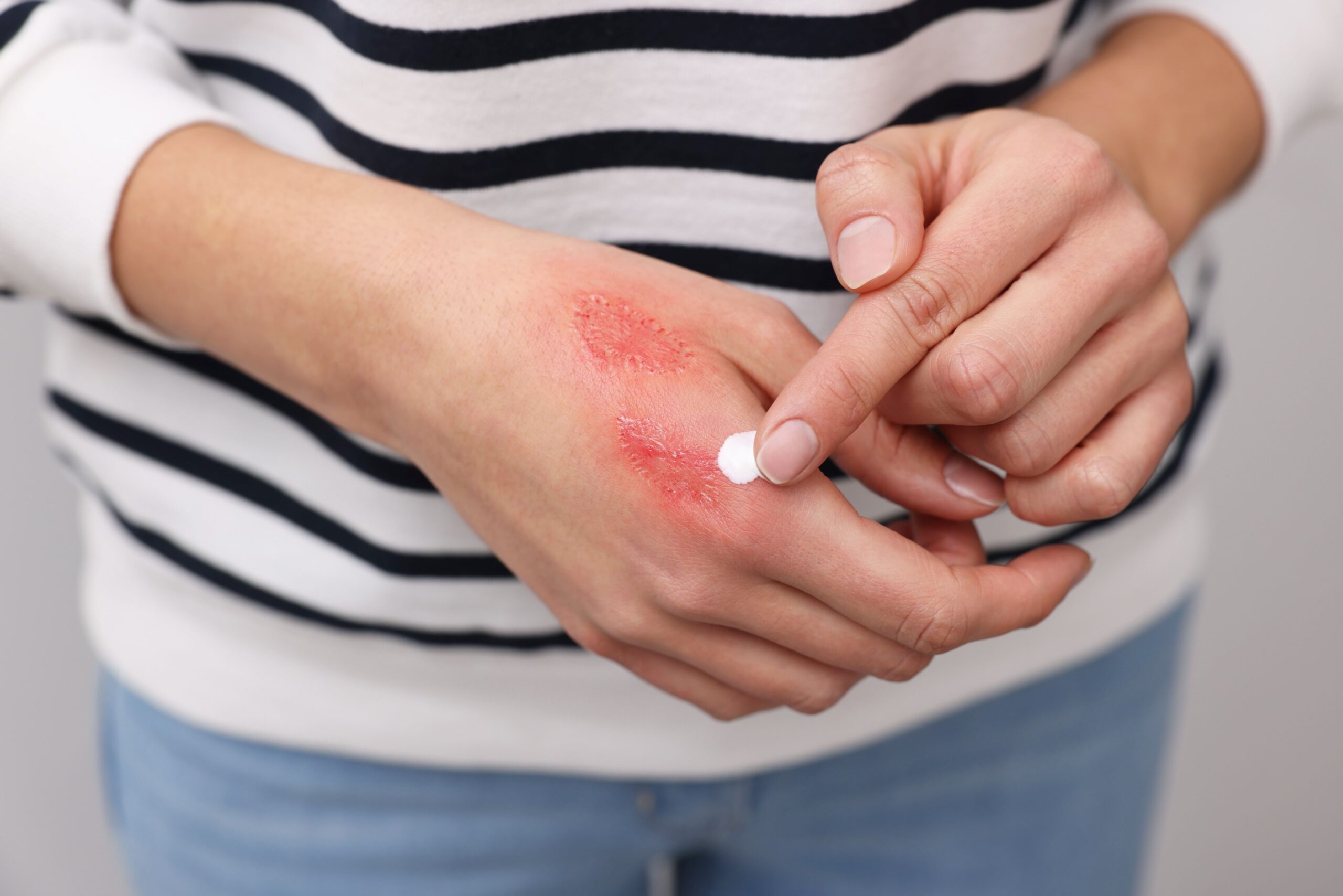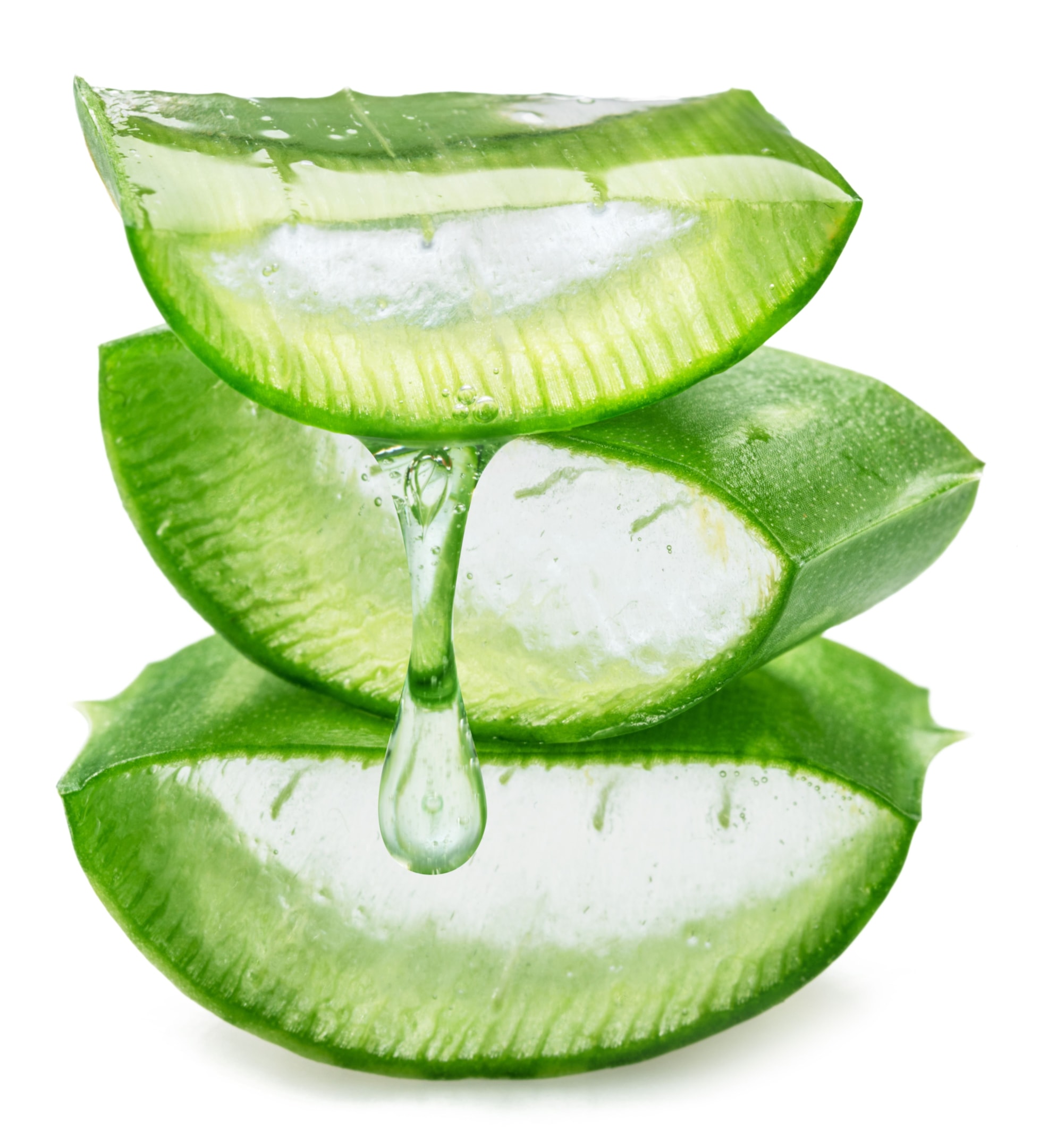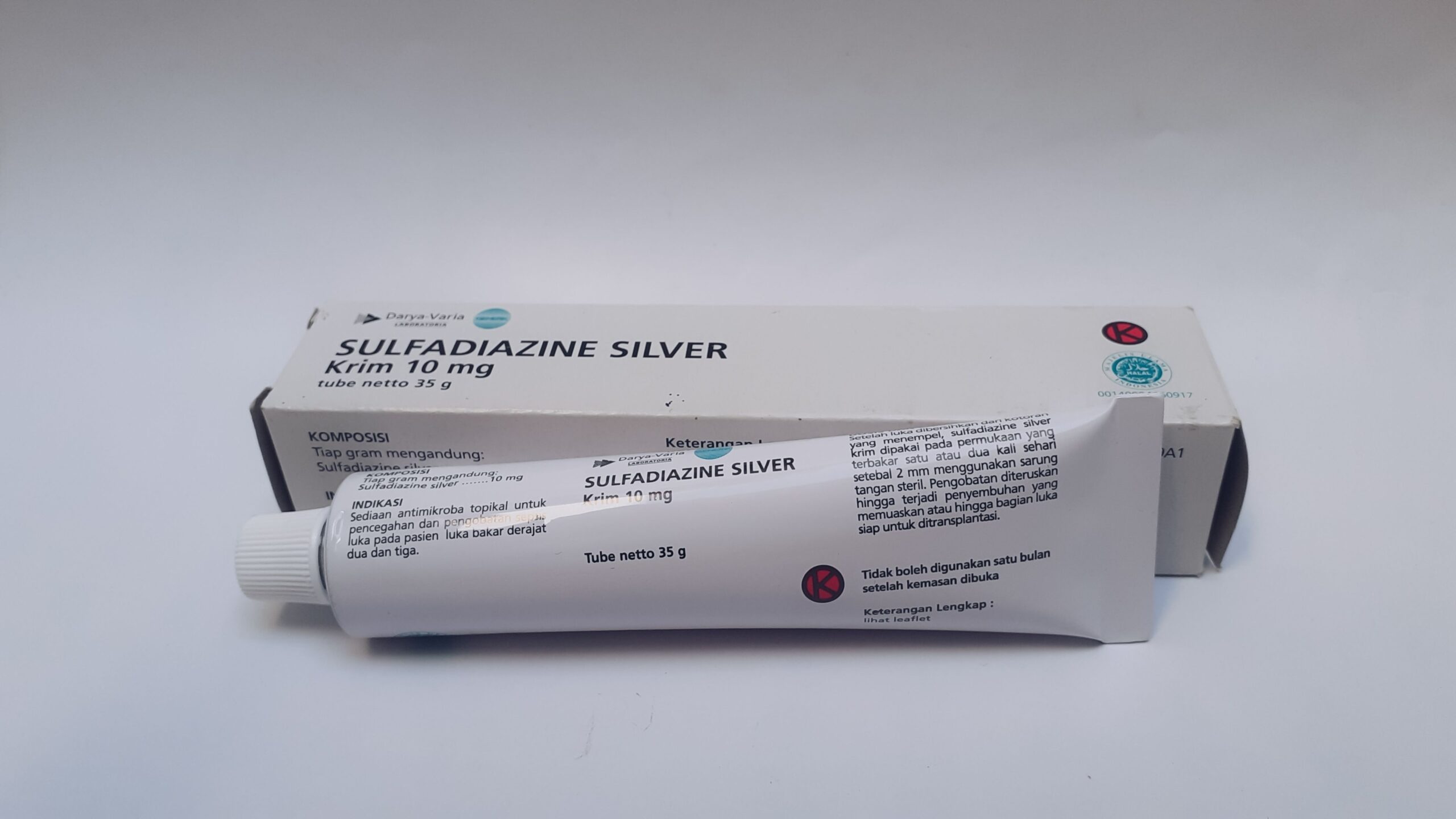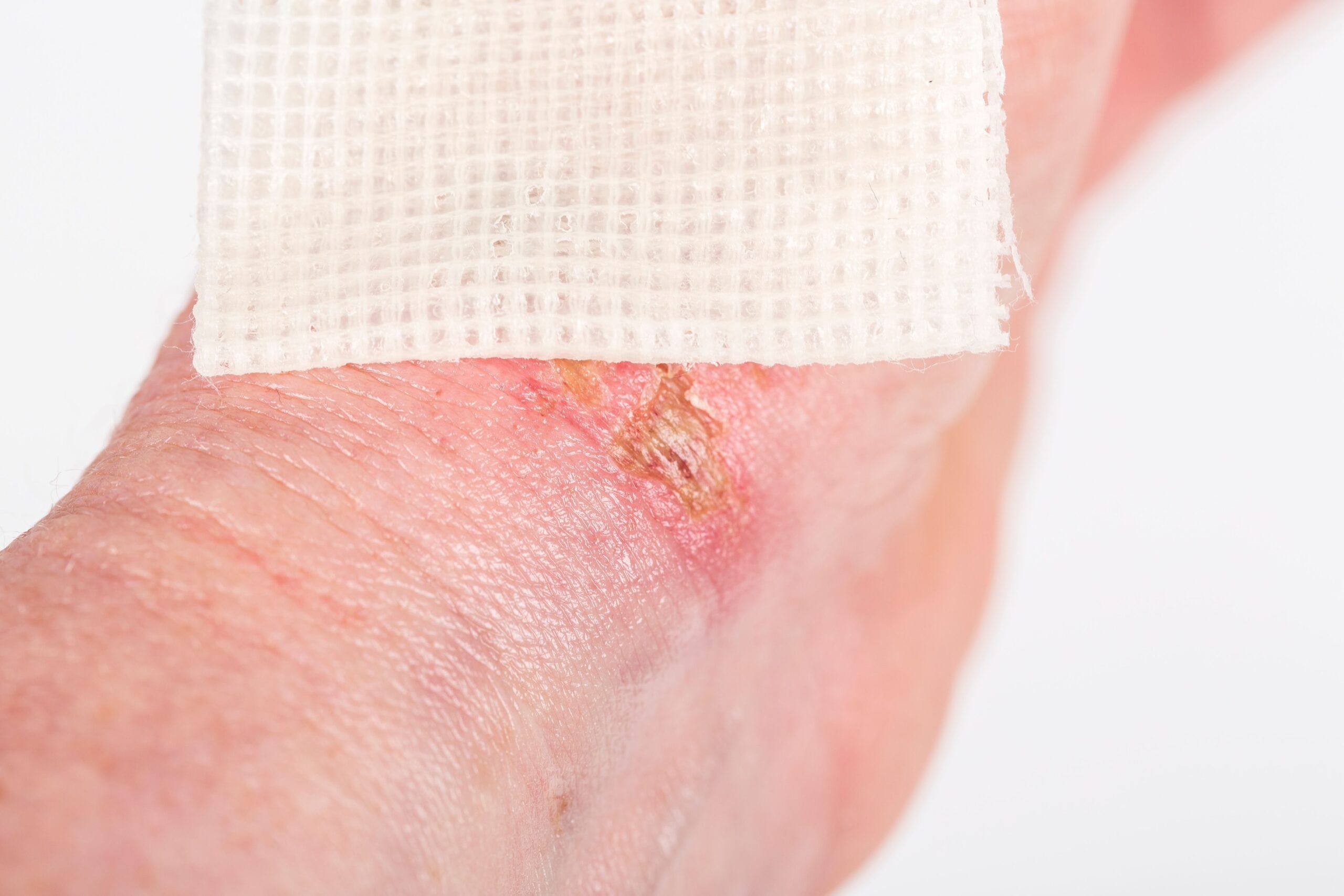Finding Relief: The Top Cream for Burns and Skin Healing Tips


Burns can be painful and distressing, but finding a suitable burn cream shouldn’t be. Cut through the confusion with this focused guide, which simplifies your search and directly addresses the treatment and prevention of various burn types without overpromising or underdelivering.
Key Takeaways
Select the appropriate cream for the severity of the burn. Over-the-counter creams, such as burn cream, are suitable for minor burns as they typically contain pain-relieving and anti-septic ingredients. Severe burns require professional medical treatment.
Antibiotic ointments are crucial for preventing infections in burns of varying degrees and should be used after cleaning the burn site to promote healing and reduce scarring.
Aloe vera is a natural remedy particularly effective for treating minor burns due to its cooling and anti-inflammatory properties. Advanced treatments like silver-based gels and innovative dressings are available for severe burns.
Identifying the Right Cream for Your Burn

Treating burns requires meticulous care, as not all burns are the same, and neither are the plethora of creams formulated to heal them. Many readily available treatments for minor burns can calm your skin, protect against unwelcome bacteria, and promote the regeneration of new skin cells.
When it comes to severe burns, which present a more significant challenge due to their intensity and potential complications, seeking advice from a healthcare professional becomes crucial. These medical experts know how to steer patients toward safe and potent remedies, such as burn ointment, specifically tailored for treating severe burn injuries.
First-Degree Minor Burn and Over-the-Counter Solutions
When you experience a first-degree burn that only impacts the skin’s top layer, your medicine cabinet should be equipped to help. Seek out creams designed to provide pain relief and prevent infection in burns. Imagine applying a cream capable of numbing the discomfort while providing moisture to lessen itching during recovery. Creams with pramoxine or hydrocortisone can offer immense comfort for adults and children suffering from these minor burns.
It is crucial to apply merely a thin layer of an appropriate cream as it sets off the healing process for such burns.
When Second-Degree Burns Require More Care
When discussing a partial-thickness burn, it’s clear that it represents a significant injury. In these cases, the skin calls for attention beyond mere oils. These types of burns can result in blisters and reach into the damaged layers of skin, typically necessitating expert intervention. It is crucial to avoid applying just any cream on these wounds, especially ones with lidocaine that may be overly aggressive for open or severe burns.
Obtaining medical care to establish an appropriate regimen for treating such wounds cannot be overstated—it is imperative.
The Role of Antibiotic Ointments in Burn Recovery
Preventing complications is as essential as administering treatment in the treatment of burns. Antibiotic ointments adeptly fulfill this role, acting as sentinels against microbial intruders. They effectively maintain cleanliness and promote wound healing and natural recovery for various injuries, from minor abrasions to second-degree burns.
Take Neosporin as a prime example—it’s a widely recognized brand that not only fends off infection but also aids in mitigating pain. Prioritizing thorough cleansing of the burn area sets the stage for successful healing. Think of this step as preparing an unblemished canvas on which restoration can occur with the help of these potent ointments.
The Benefits of Including Antibiotics in Burn Treatment
Antibiotics and burn ointments play a pivotal role in treating burns, serving as an unseen barrier that stops bacteria from proliferating and providing a defense against potential infections. This protection is crucial, transforming what might be a straightforward burn into something far more severe without their use. Options include bacitracin and ointments containing silver-based antiseptics. These foster conditions conducive to skin recovery and are instrumental not just for healing but also in reducing scarring substantially.
Recognizing Signs of Infection
If an infectious agent overcomes our antibiotic protection, it is crucial to recognize the indications of infection. These include escalated pain, redness, and, notably, the presence of pus—a definitive indicator. Spotting these symptoms early and unusual warmth in the affected area could lead to a rapid healing process rather than a prolonged complication. Prompt medical attention should be sought if you observe any such signs.
In situations where there is doubt about your health status, it is always advisable to contact a healthcare professional, as they are best placed to guide appropriate measures.
Aloe Vera: Nature’s Answer to Soothing Minor Burns

Aloe vera is a natural remedy that soothes the heated discomfort of minor burns. Its calm and gentle effect offers solace to children and adults, mitigating the pain on burned skin across all age groups.
For first—to second-degree burns, aloe’s anti-inflammatory attributes offer relief and enhance circulation, which supports healing. Aloe’s inclusion in various creams highlights its function in assisting with the recovery of the burn-affected top layer of skin, providing essential comfort during this process.
Advanced Treatments for Burn Relief
Delving deeper into burn treatment, we encounter approaches that shift from simple comfort measures to revolutionary progress. Silver-infused antiseptic creams are vital for managing severe burns where standard practices may fall short. They not only thwart infections but also promote wound recovery.
In the ongoing quest for enhanced healing, the medical community is exploring mesenchymal stem cell therapies, which signify a breakthrough in tissue regeneration and wound restoration. These cutting-edge treatments represent an integral aspect of an all-encompassing strategy dedicated to arresting the advancement of burn injuries and supporting their healing process.
Silver Sulfadiazine: A Double-Edged Sword?

Among these sophisticated treatments lies a delicate equilibrium that must be maintained. Silver sulfadiazine is recognized for its ability to ward off infection. Yet, it carries a stipulation. Despite its effectiveness, silver sulfadiazine may decelerate the skin’s natural repair mechanisms and could inadvertently increase the likelihood of scarring. Thus, careful consideration of the advantages and disadvantages of using silver sulfadiazine should occur under medical guidance.
Innovations in Burn Dressings

Advancements in wound care are elevating the treatment of burns significantly. Imagine covering your burn with skin from a tilapia, which possesses strong adhesive qualities that diminish the need for regular dressing changes and aid in fostering re-epithelialization.
This cutting-edge approach to dressings provides dual benefits: safeguarding the wound while alleviating pain. It enables inherent healing mechanisms to operate smoothly without unwarranted interruptions.
What Not to Apply: Avoiding Harmful Substances on Burns
When considering proper burn care, it is crucial to burn gently and avoid harmful practices. Specific home treatments can exacerbate injuries rather than provide gentle relief and should be avoided. Everyday items from the kitchen, like butter and egg whites or other materials such as toothpaste and oil, shouldn’t come into contact with burns.
Although using isopropyl alcohol as a disinfectant might appear beneficial, its application on wounds can obstruct healing. Consequently, it’s advised that you refrain from using this substance on burns.
Home Remedies and Gentle Care for Burned Skin
It’s important not to overlook the basic but efficient home treatments that tenderly treat burned skin. Immersing a minor burn under cool running water can significantly alleviate pain and discomfort. Subsequently, applying a cool compress helps with comfort and minimizes swelling.
Apply a fine layer of petroleum jelly over the burn for comforting care. This acts as protection while promoting healing. It’s essential to keep your burn out of direct sunlight and refrain from bursting any blisters so your skin can recover correctly.
Summary
As we wrap up, it’s clear that the journey to burn healing is multifaceted, from choosing the correct cream to embracing natural remedies. Armed with the knowledge of when to use antibiotics, the soothing power of aloe vera, and the edge cutting-edge treatments, you’re now well-equipped to tackle burns confidently. And, as we’ve seen, sometimes what you don’t apply is just as important as what you do.
Frequently Asked Questions
Can I use any over-the-counter cream for a second-degree burn?
It’s essential to seek advice from a medical professional before applying over-the-counter creams to a second-degree burn, as certain creams might be inappropriate for open wounds or severe burns.
How does aloe vera help with burns?
Aloe vera can be beneficial for burns due to its natural moisturizing and anti-inflammatory attributes. These attributes assist in soothing minor burns while also promoting the healing process.
When should I use antibiotic ointment for burns?
To avert infection and facilitate recovery, it’s vital to apply antibiotic ointments to burns, particularly those that are partial thickness or more severe. These ointments help diminish the likelihood of bacterial growth in the affected area.
Are there any substances I should avoid putting on a burn?
Indeed, one should refrain from using substances such as ice, butter, egg whites, toothpaste, or isopropyl alcohol on burns since these can exacerbate the injury and impede the healing process.
What are some advanced treatments for severe burns?
Innovative dressings, such as tilapia skin, silver-based antiseptic gels, and stem cell therapy, are at the forefront of advanced treatments for severe burns. These methods accelerate healing and reduce the necessity for regular dressing changes on damaged skin.


